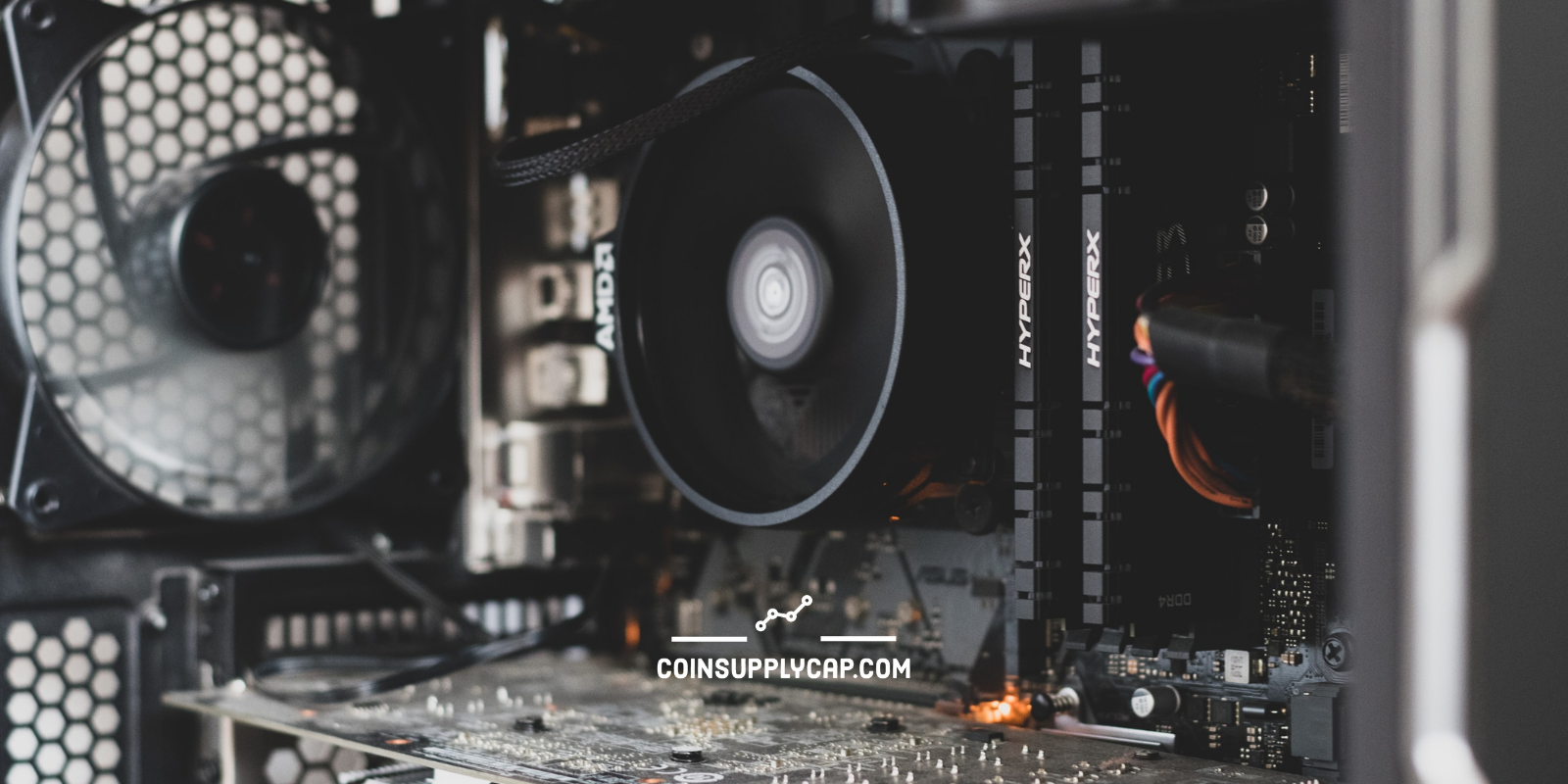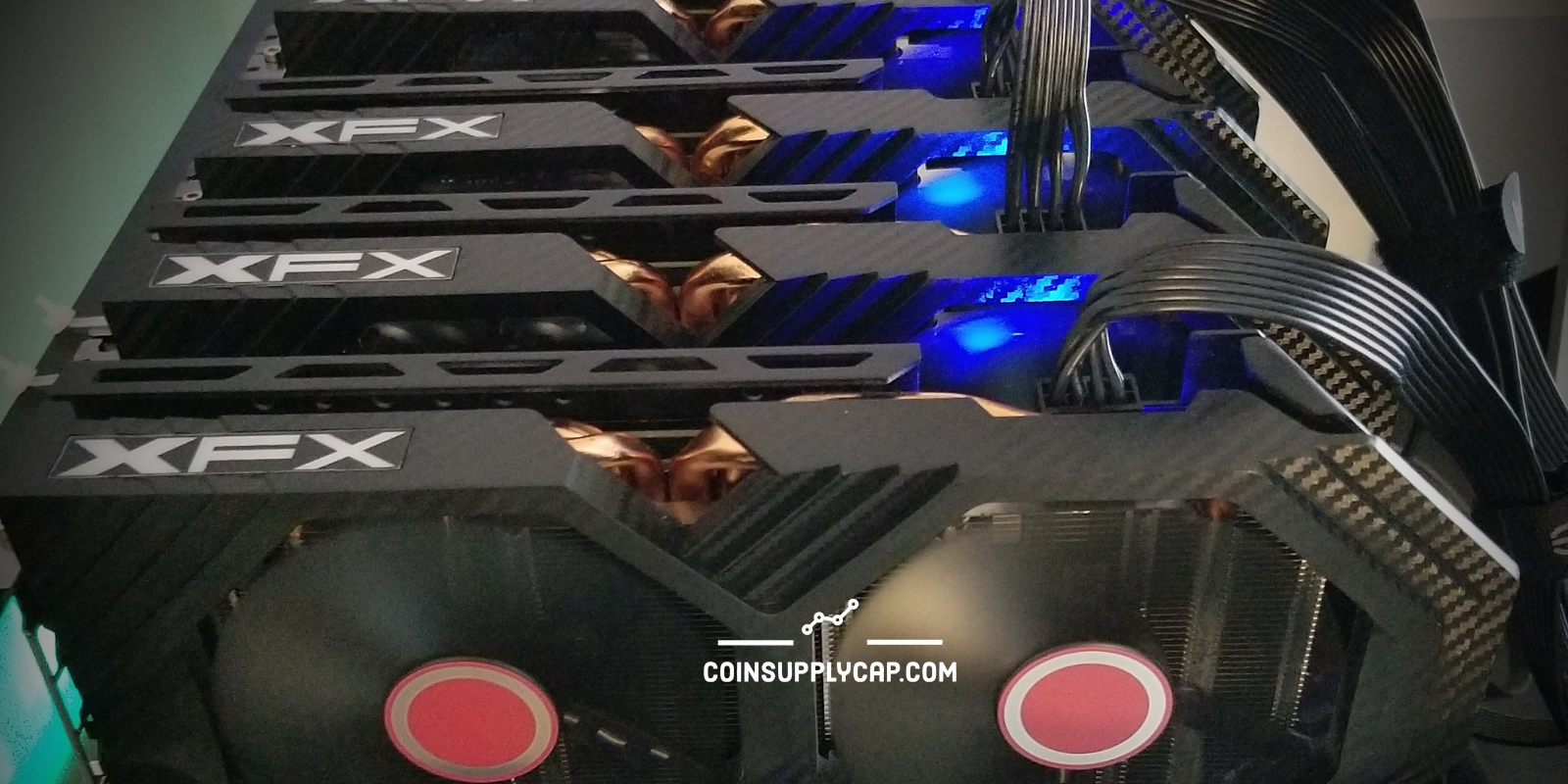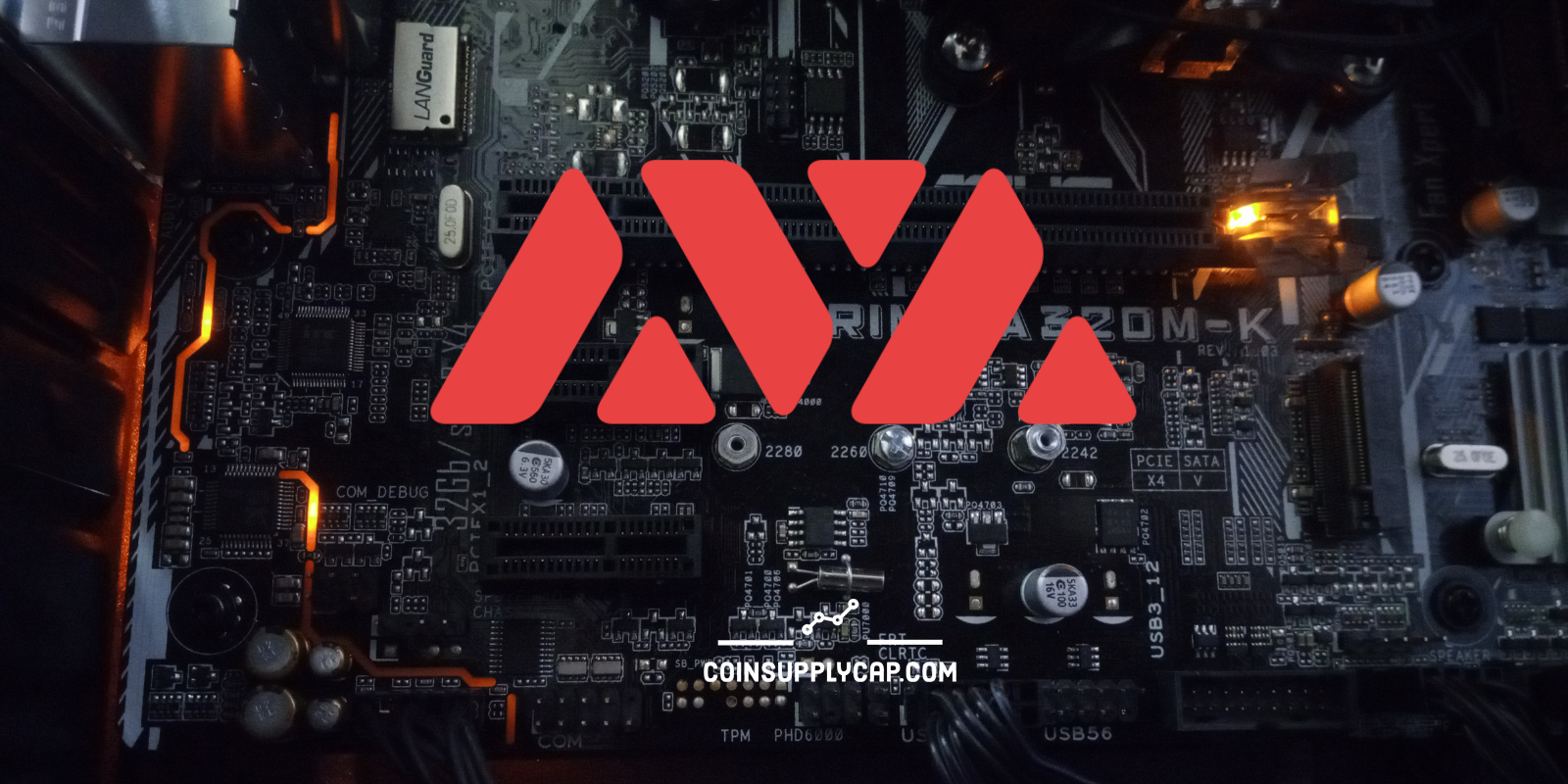


In this article, we will discuss and analyze the amount of electrical energy that a Helium (HNT) Miner uses. We will have a slight insight into two specific miners, Bobcat Miner and RAK Miner. But as we always do, we will get into some basic information that will support our analysis. We will talk about what Helium is, what consensus mechanism does it use, the Helium Miners, and only after, how much electricity an HNT Miner uses.
What is Helium and what consensus mechanism does it use?
Helium is a blockchain-based network that connects to the “Internet of Things” (IoT). While the system is the one that sends data across the network nodes, HNT technology enables communication between the devices. The nodes that compose the network are called Hotspots which are in the Helium system.
HNT uses “Proof of Work“ (PoW) as a consensus mechanism, but not entirely. What does that mean? Well, Helium does indeed use PoW, however, they name their model “Proof of Coverage” (PoC), which is part of the PoW algorithm.
PoC uses several key properties of radio frequencies (RF) which travels at the speed of light and allows the miners to produce proof of the legitimacy of the hotspot activity with zero latency, but being physically restricted by a certain travel distance.
A quick look into the top hotspots used for mining Helium.
There are mainly two used hotspots miners brands, Bobcat Miner and RAK Miner.
Bobcat Miner is an “Internet of Things” (IoT) product that provides services for a decentralized, dependable and global network and its users.
RAK Miner serves the same attributes as the Bobcat Miner, with slight differences between them. We will discuss both these miners on a broader scale in another article.
So, how much electricity does a Helium Miner use?
As we said before, the consensus mechanism used by the HNT miners uses radio frequencies (RF) to do the job. Therefore, the electrical energy consumed is nearly zero. Statistics show that the hotspot uses roughly 5 watts at peak, a value that is less than an LED light. Beside the cost of electricity, which in this case is insignificant, you will have to factor in the cost of internet data the Helium miner might use.
Both Bobcat Miner and RAK Miner are ultra-low power consumptions. Which is not only very low, but it’s also highly eco-friendly in comparison to Litecoin or any other PoW coins out there.
As an example, Bitcoin uses around 91 terawatt-hours of electrical energy every year, and just to have a better insight, 1 terawatt-hour is equal to a trillion watts consumed in one hour, a very large amount of energy and highly eco-unfriendly.
Does Mining Damage the CPU?


Are GPU Crypto Mining Rigs Loud?


Can you mine Avalanche (AVAX) Coin?


Why Does Staking APY Change? What is Crypto APY?


How much can you make with a M2PRO MXC miner?


Is Staking more profitable than Mining?


Will Staking Replace Mining?


Is Internet Computer ICP a Web 3.0 Coin?


Proof of Work vs Proof of Coverage, what is the difference?


Can I mine Helium in my area? U.S, U.K, Canada, Australia, Europe


Can you move a Helium Miner? What’s the best location?


How to Sell Your Helium Miner?


How far can Helium Miner reach?


Can Helium Miner be hacked?


How Much Electricity Does a Helium Miner Use?



Is Litecoin Eco-Friendly?


How long does it take for Helium Miner to sync?


Helium Miner Data Usage – Explained


Does Helium Miner Slow Down the Internet?


Who Owns the Most AMP Crypto – Wallet Tracking




